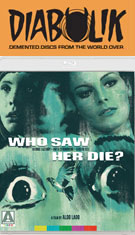
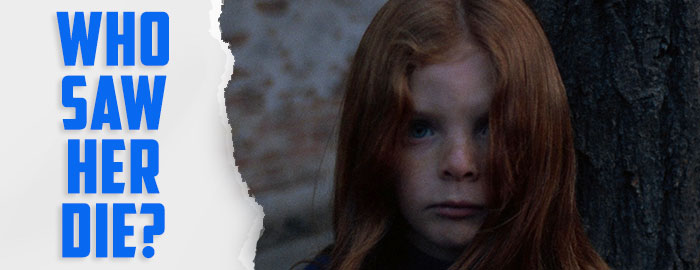
Color, 1972, 94 mins. 22 secs.
Directed by Aldo Lado
Starring George Lazenby, Anita Strindberg, Adolfo Celi, Dominique Boschero, Peter Chatel, Nicoletta Elmi, Rosemarie Lindt
Arrow Video (Blu-ray) (US RA HD), Shameless Screen Entertainment (Blu-ray & DVD) (UK R0 HD/PAL), Anchor Bay / Blue Underground (DVD) (US R1 NTSC), i-catcher (DVD) (Germany R2 PAL) / WS (2.35:1) (16:9)
On  the heels of his unorthodox
the heels of his unorthodox 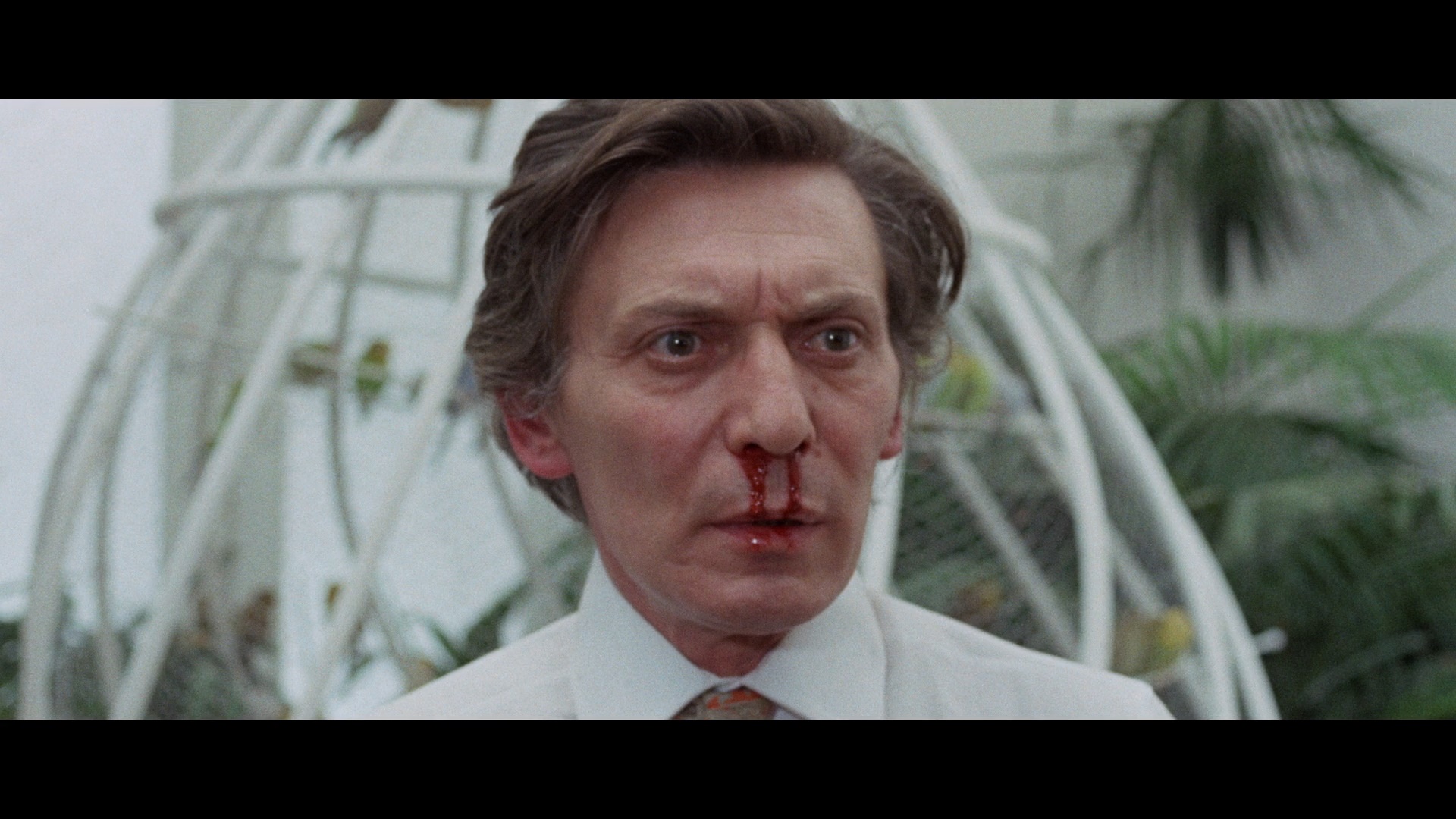 semi-giallo Short Night of Glass Dolls, director Aldo Lado continued to push the Italian thriller into new terrain with this stylish, melancholy shocker that kicked off the sinister Venice craze that continued with films like Don’t Look Now, Bloodstained Shadow, and Damned in Venice. It also earns its place in the history books as the only giallo starring a James Bond actor, in this case George Lazenby in the wake of On Her Majesty’s Secret Service, and his haunted, effective performance (including a gaunt physique and huge sideburns) is a highlight in what would be an unusually somber and thoughtful entry from the giallo’s busiest cinematic year.
semi-giallo Short Night of Glass Dolls, director Aldo Lado continued to push the Italian thriller into new terrain with this stylish, melancholy shocker that kicked off the sinister Venice craze that continued with films like Don’t Look Now, Bloodstained Shadow, and Damned in Venice. It also earns its place in the history books as the only giallo starring a James Bond actor, in this case George Lazenby in the wake of On Her Majesty’s Secret Service, and his haunted, effective performance (including a gaunt physique and huge sideburns) is a highlight in what would be an unusually somber and thoughtful entry from the giallo’s busiest cinematic year.
When a black-veiled psychopath murders a young girl on a ski trip in the mountains in 1968 France, that’s just the beginning of a child-killing nightmare across Europe. When sculptor Franco (Lazenby) gets to spend some quality time on a job in Venice with his daughter, Roberta (prolific genre child actress Elmi), things go horribly wrong when she's snatched away and drowned by the killer while her father's off philandering with local Gabriella (Lindt). Roberta's mother, Elizabeth (A Lizard in a Woman's Skin's Strindberg), arrives for the funeral, and the anguished parents are soon delving into a world of moneyed corruption to uncover a maniac with more than a few secrets to hide.
The idea of centering a giallo around a child murderer is a rare but not unprecedented one, with Lucio Fulci tackling a similar idea in the same year's Don't Torture a Duckling (which shares some other narrative DNA with this film as well). However, it's handled here in a unique way with an emphasis on the parental impact rather than the gruesome details of the crimes themselves; also unusual is the killer's identity, which is hampered by a ridiculous final bit of off-screen dialogue imposed for censorship reasons. The entire cast is quite strong; in addition to Lazenby (who's barely affected by an incongruous dub job on the English track by another actor), Strindberg once again gives a striking performance well beyond her sex symbol status at the time. The 007 connection continues here with the presence of Thunderball's Adolfo Celi as an upper class art dealer and possible suspect, while 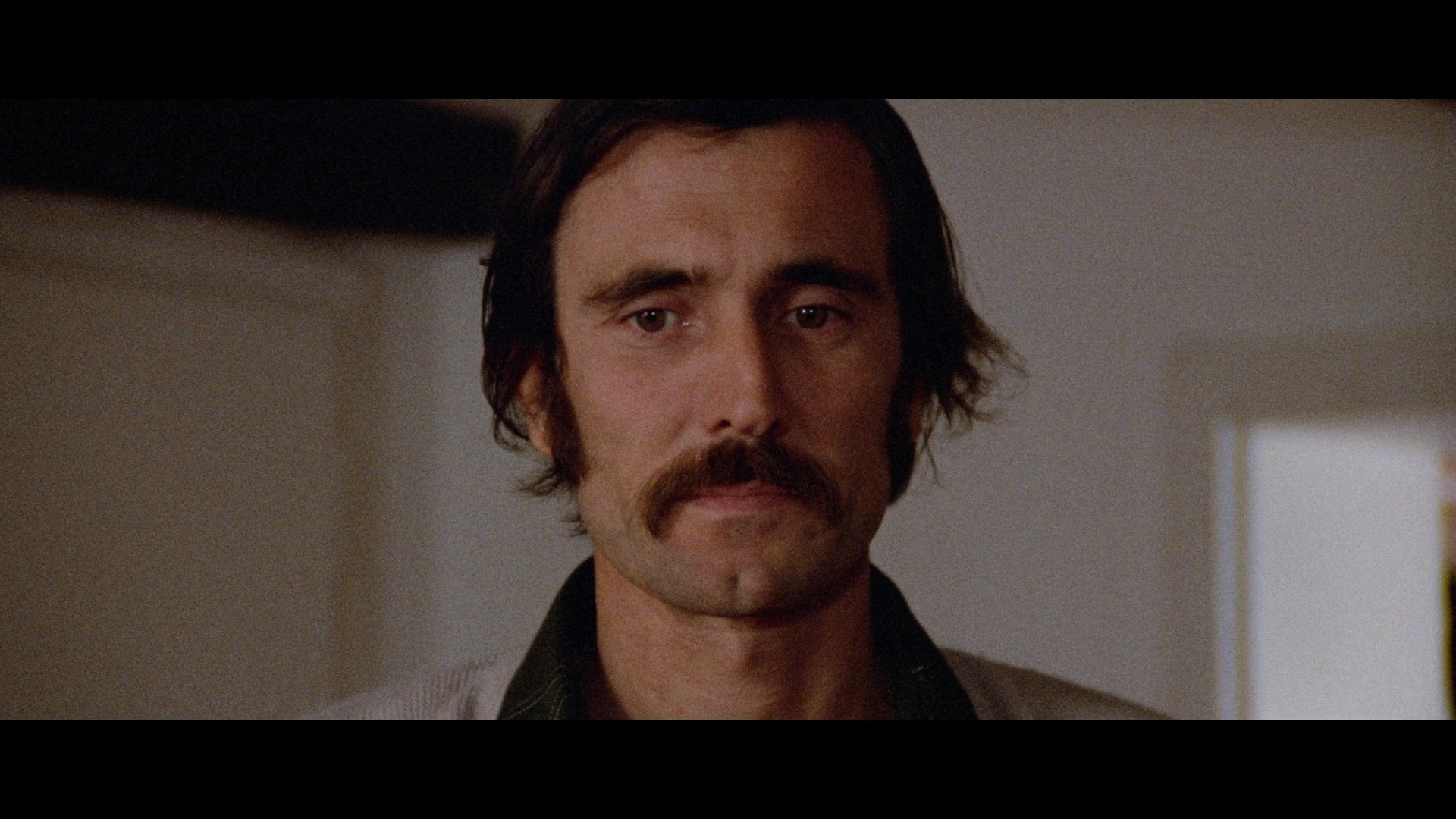 Ennio
Ennio 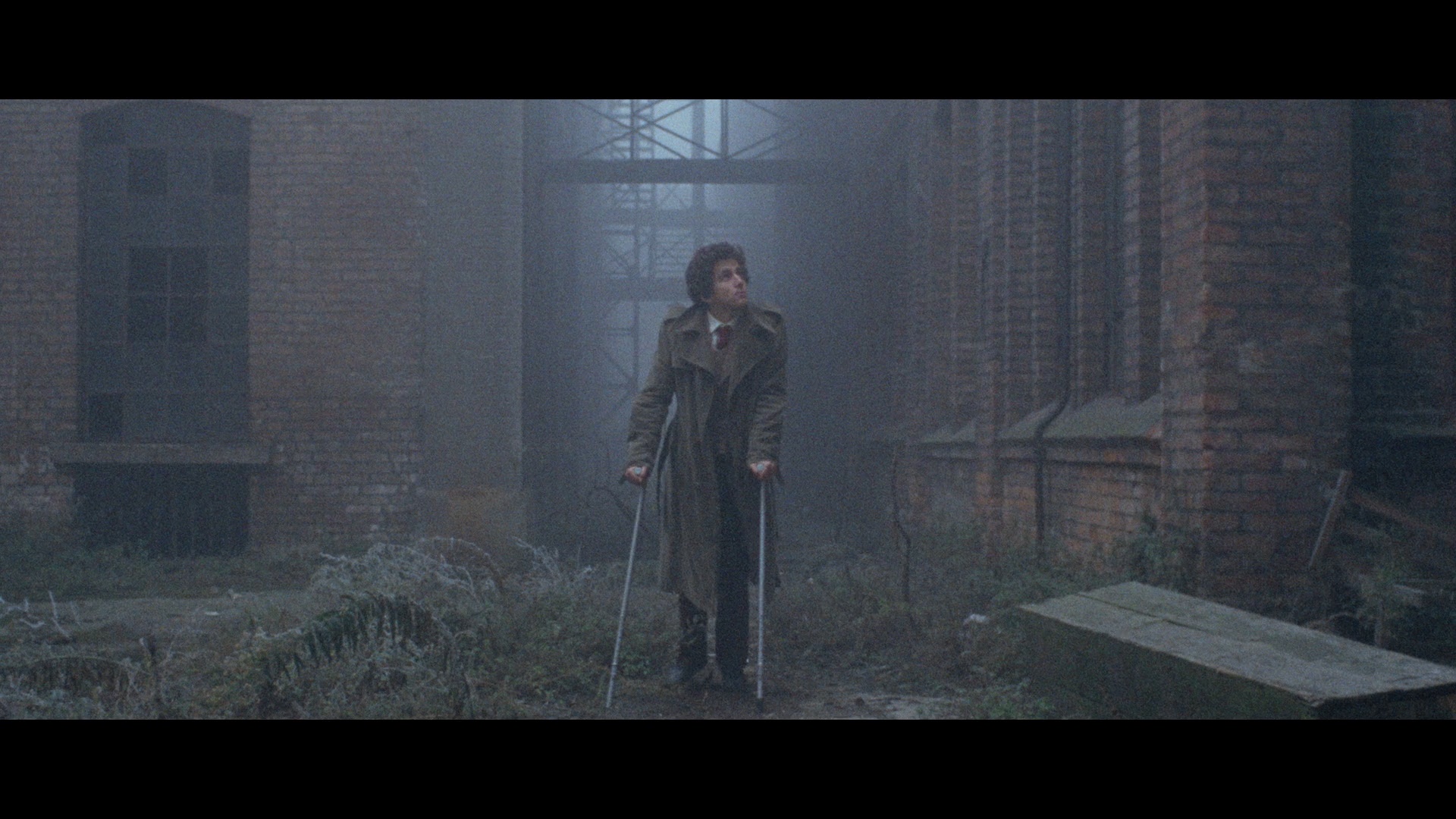 Morricone contributes a startling, very loud score driven mainly by a children's choir. It's a bold choice that works beautifully in the film, particularly the suspense sequences.
Morricone contributes a startling, very loud score driven mainly by a children's choir. It's a bold choice that works beautifully in the film, particularly the suspense sequences.
Deprived of a U.S. theatrical release for no clear reason, Who Saw Her Die? made its first American home video appearance in 2002 from Anchor Bay as part of a set including Short Night, Bloodstained Shadow, and The Case of the Bloody Iris, as well as a standalone edition that was later duped over by Blue Underground. Featuring the slightly shorter English-language export version only, the disc is mainly worth having for an exclusive Lado interview, "Death in Venice" (11m10s). A subsequent DVD from Shameless was notable for including the (very slightly) longer Italian cut of the film and the addition of English subtitles for the little bits of French dialogue (but only English for the main body of the film). Transfer-wise it looks indistinguishable from the U.S. release in terms of color timing and framing.
In 2019, Who Saw Her Die? made its inevitable leap to Blu-ray from Arrow Video as a U.S. release featuring what's announced as a new 2K restoration from the original 35mm camera negative. This is the same uncut version seen on the earlier Shameless release, though here you get the option of watching the film in either its English- or Italian-language options with optional English translated or SDH subtitles. As with many other gialli of the period, the two tracks are quite different in terms of vocal performances, sound mixing, and especially dialogue meaning, so both are worth watching and comparing. As expected, the image quality is a significant jump over the earlier transfer; considerable extra info is visible on the right side, more 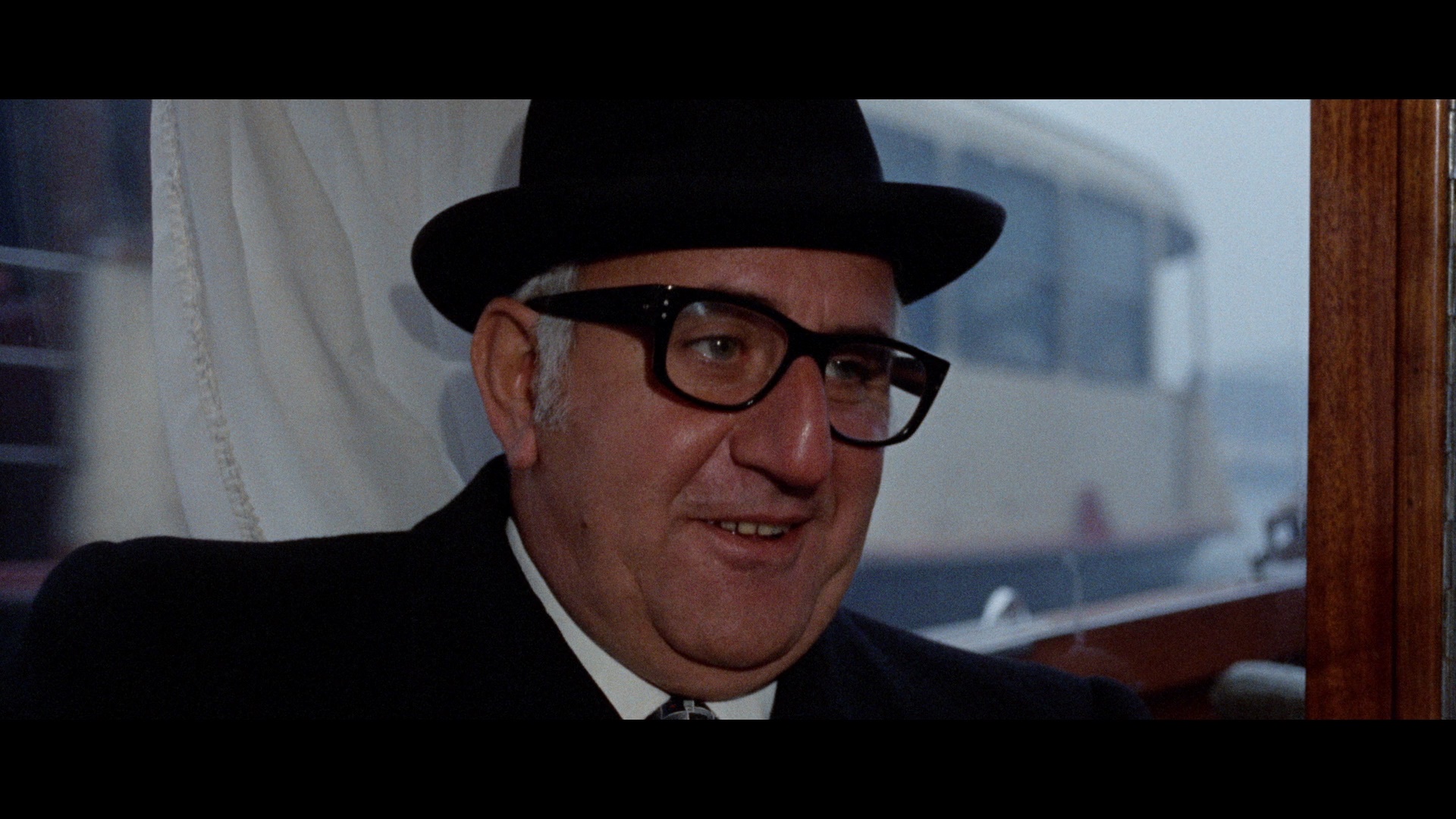 detail is evident throughout, colors look more saturated and natural, and the harsh white levels have been toned down to a more workable
detail is evident throughout, colors look more saturated and natural, and the harsh white levels have been toned down to a more workable 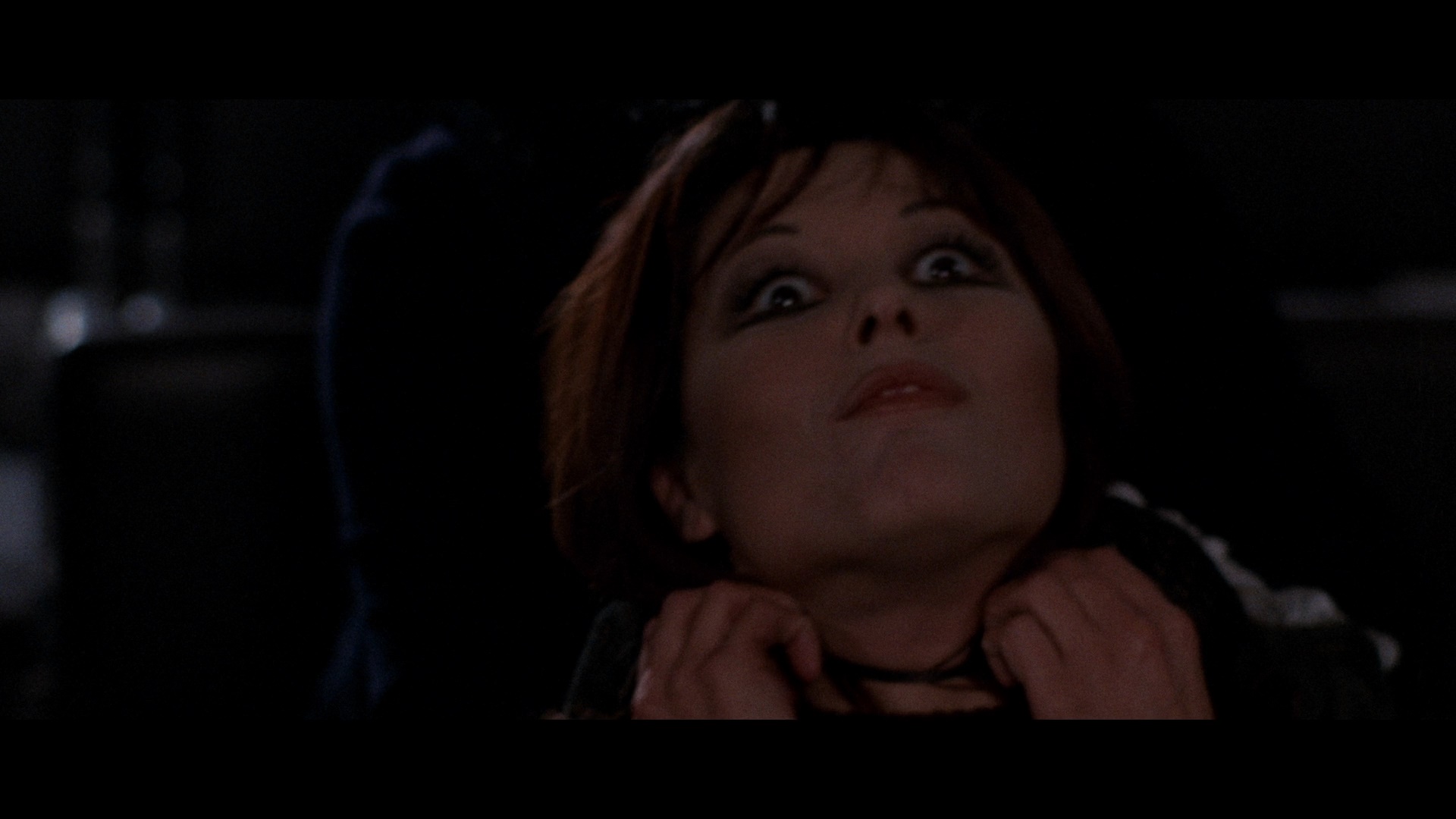 level here. The LPCM 1.0 mono audio options both sound excellent as well with the score in particular guaranteed to keep the neighbors up.
level here. The LPCM 1.0 mono audio options both sound excellent as well with the score in particular guaranteed to keep the neighbors up.
A new audio commentary features the logical choice of So Deadly, So Perverse author Troy Howarth (stepping in for the previously announced Travis Crawford) chatting extensively about this film and the juxtaposition of highbrow Italian art cinema and commercial gialli at the time as well as this film's placement at the zenith of the latter's popularity. Although he touches on the participants and various trivia items as usual, it's a bit less tied to the proceedings on screen than usual and works more as an informative, well-organized primer on how to read this film within the larger context of Italian cinema. The exhaustive "I Saw Her Die" (56m55s) is a new interview with Lado who chats about the industry at the time (including gigs with Bernardo Bertolucci), the process of finding suitable location cities for his films, the casting process, his approach to child actors, and the imposed alteration to this film's ending. The excellent "Nicoletta, Child of Darkness" (27m26s) offers a semi-comprehensive chat with Elmi about her career, including this film (which she doesn't remember much outside of Lazenby) and others like The Night Child, Footprints, and Deep Red. She's extremely articulate and full of stories, so anyone who's wondered about her since her movie heyday should find this well worth a watch. "Once Upon a Time, in Venice..." (31m29s) catches up with co-writer Francesco Barilli, who recalls the more contentious issues of the story that required a delicate approach, the inspiration for some of the quirky supporting characters, his method of scrambling up subgenres, and other works like The Perfume of the Lady in Black. Finally, author and critic Michael Mackenzie offers an analysis of the film with "Giallo in Venice" (26m17s),  touching upon Lado's genre filmography (including Night Train Murders) and the various Italian thriller conventions used and upended in this particular variant. He also points out a creepy little touch in the Morricone score that's even more glaring when you listen to the soundtrack album (which is sadly quite difficult to find now). Also included are an image gallery of posters and lobby cards and the English and Italian trailers, while the disc comes packaged with reversible sleeve
touching upon Lado's genre filmography (including Night Train Murders) and the various Italian thriller conventions used and upended in this particular variant. He also points out a creepy little touch in the Morricone score that's even more glaring when you listen to the soundtrack album (which is sadly quite difficult to find now). Also included are an image gallery of posters and lobby cards and the English and Italian trailers, while the disc comes packaged with reversible sleeve  options including a new cover design by Haunt Love.
options including a new cover design by Haunt Love.
In 2024, Shameless finally brought the film to U.K. Blu-ray featuring the same excellent scan and looking comparable to the U.S. release, with DTS-HD MA 2.0 mono English and Italian audio options with English or improved English-translated subtitles. (Note that if you want subs for the little incidental French lines, you have to switch on the second subtitle track.) Three new Freak-o-Rama interviews are included here starting with "Ring a Ring o'Rosie" (36m40s) with Lado talking about the origins of the film (connected to Bernardo Bertolucci among other factors), the screenwriting process involving him and three other writers, the use of the Venetian setting, and his personal distaste for priesthood that made him suited for the material. In "The Quest for Money" (10m46s), producer Enzo Doria chats about moving from acting to producing, the "beautiful but infernal" process of putting films together with challenges involving banks and agents, the complexities of wrangling budgets and paying everyone, and the quirks of doing international co-productions like this and Glass Dolls. In "To Live and Die in Venice" (11m20s), Barilli covers his previous gigs as an assistant director, his thoughts on doing this film that he had originally wanted to helm himself, his positive reaction to the final product, the trick to making blood look good in front of the camera, and the genre-hopping skills of the actors involved. Also included is a virtual Q&A with a chain-smoking Lado from the Abertoir International Horror Film Festival (45m39s), about the importance of the film in his career, his influences and favorite movies, and responses to various questions submitted by viewers.
SHAMELESS (BLU-RAY)





ARROW FILMS (BLU-RAY)
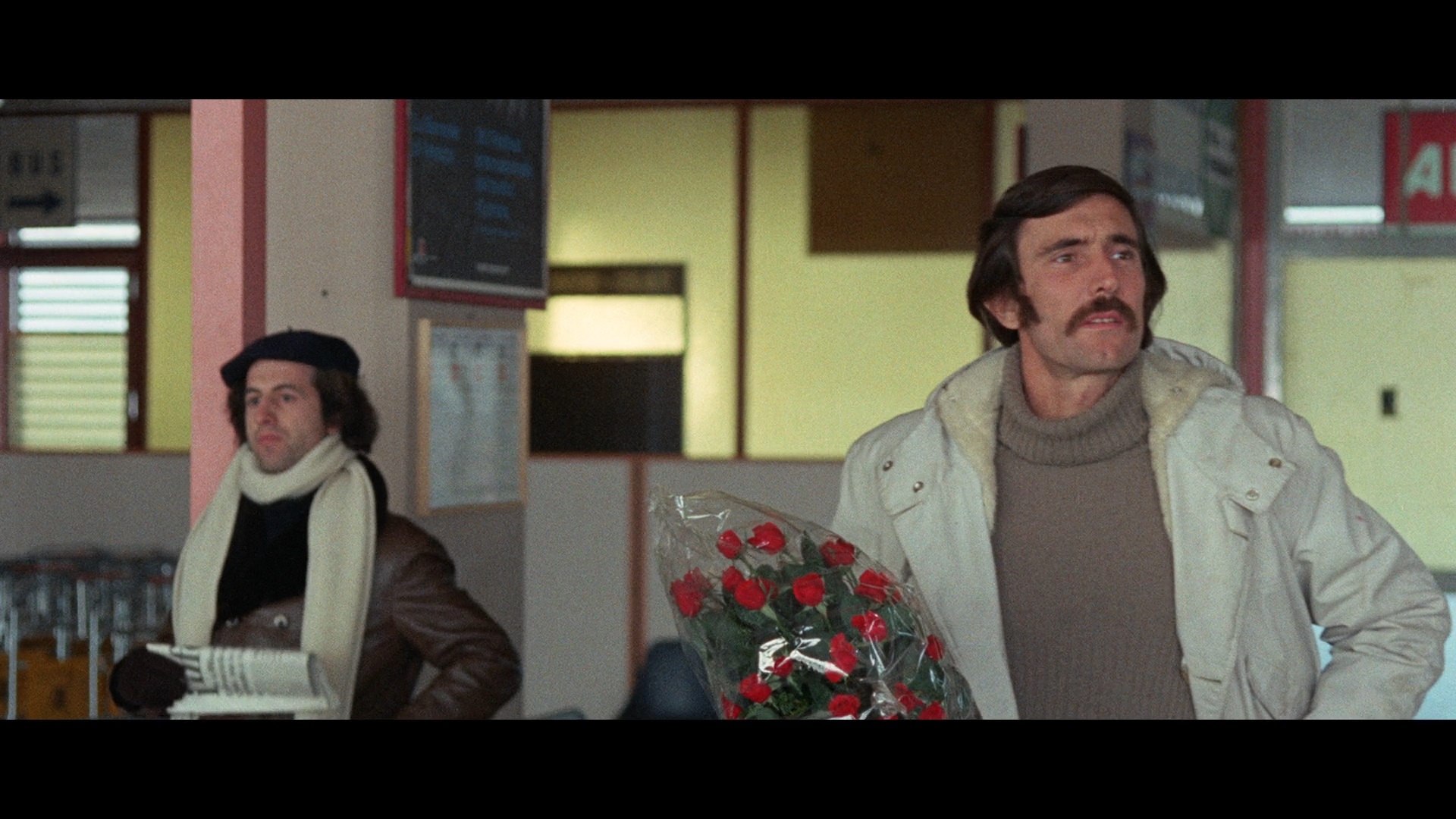
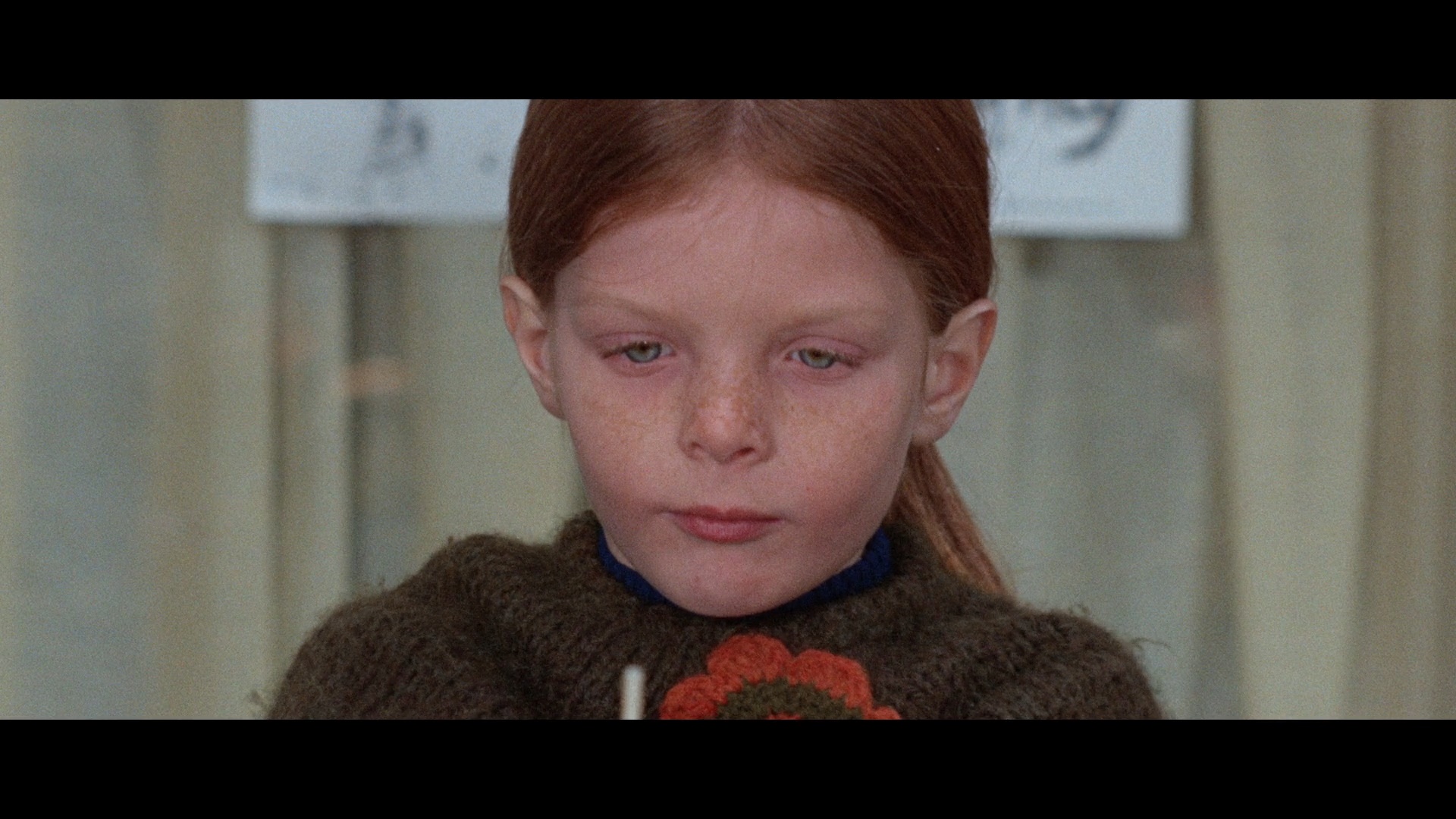
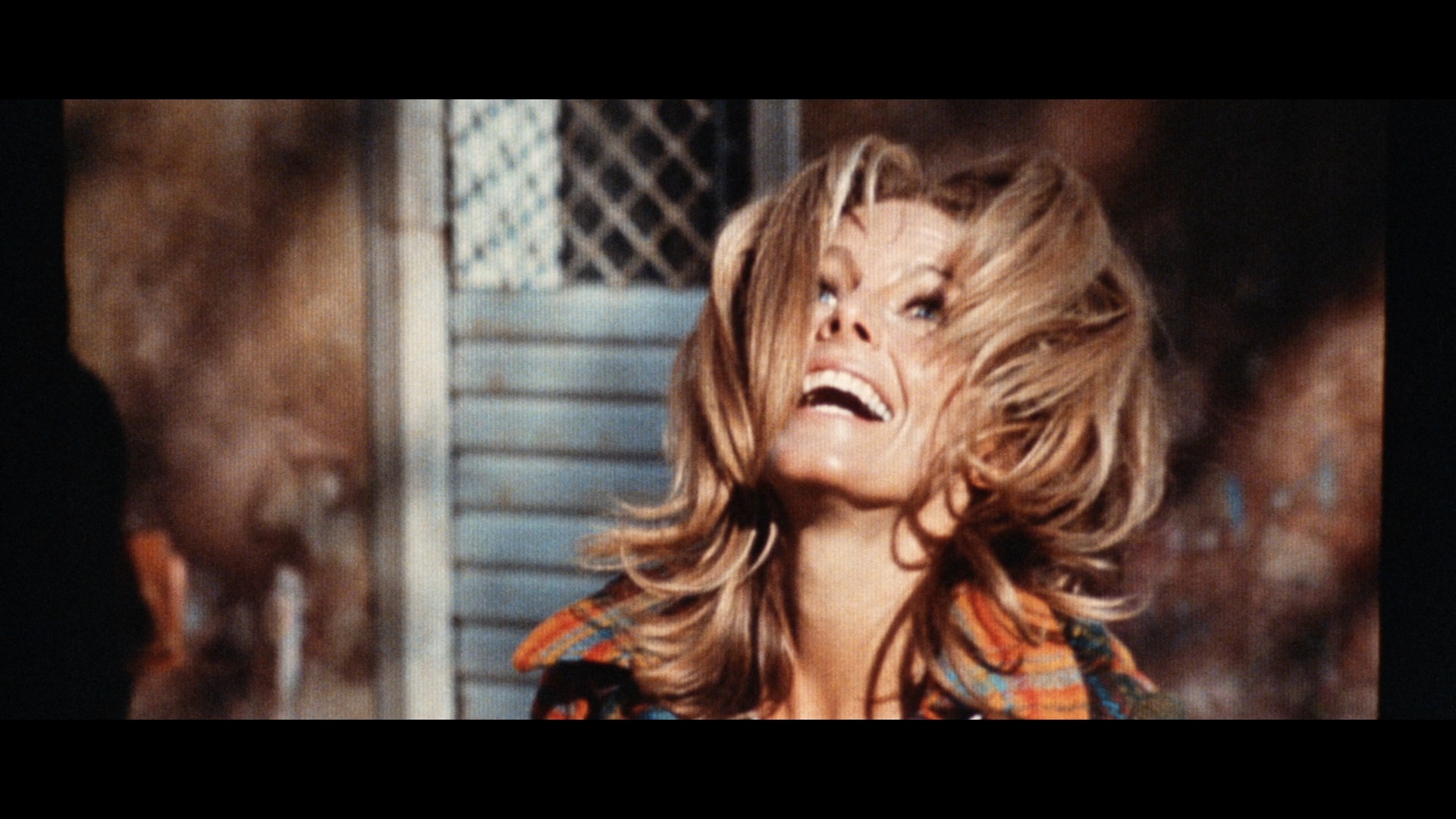
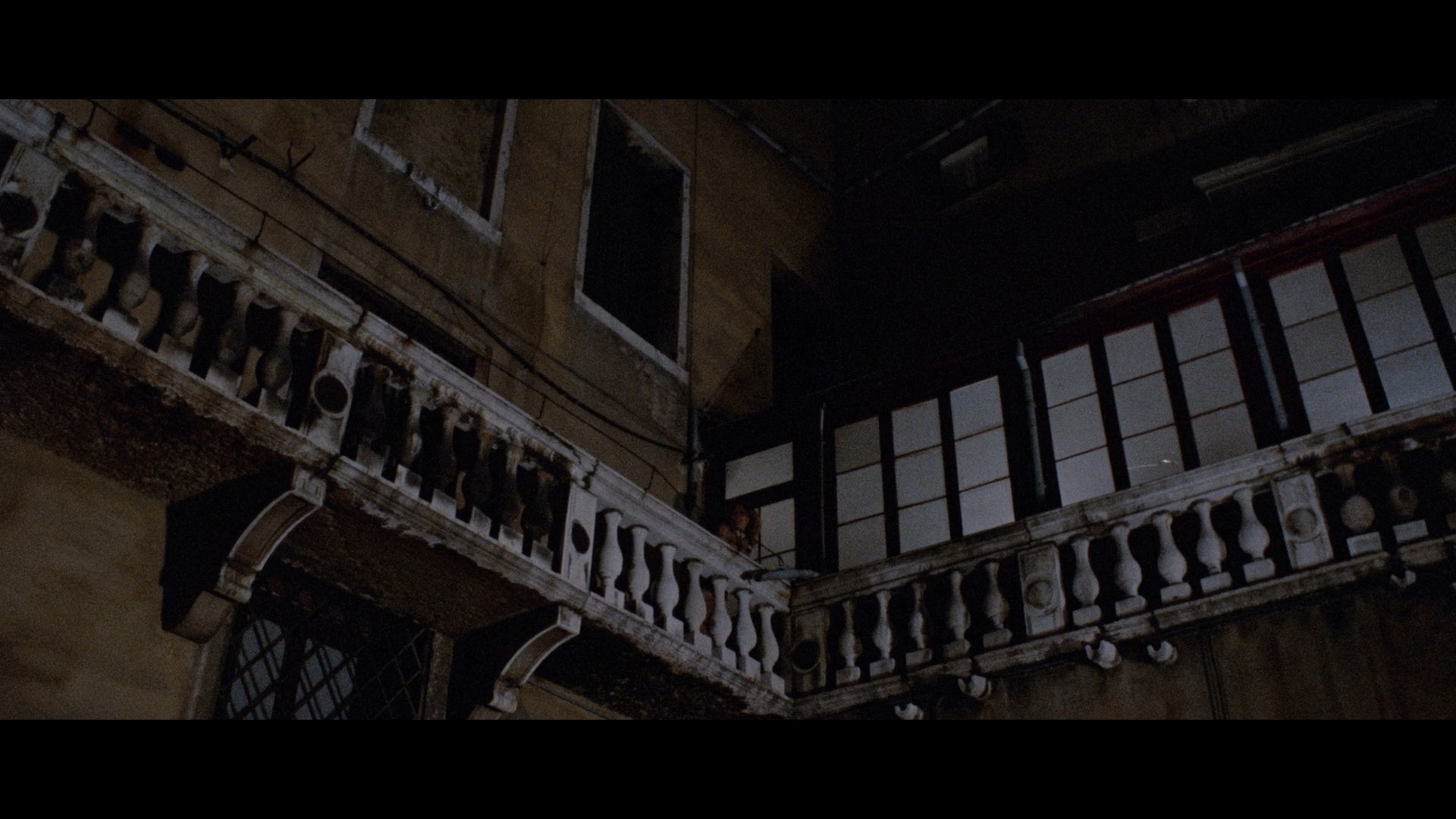
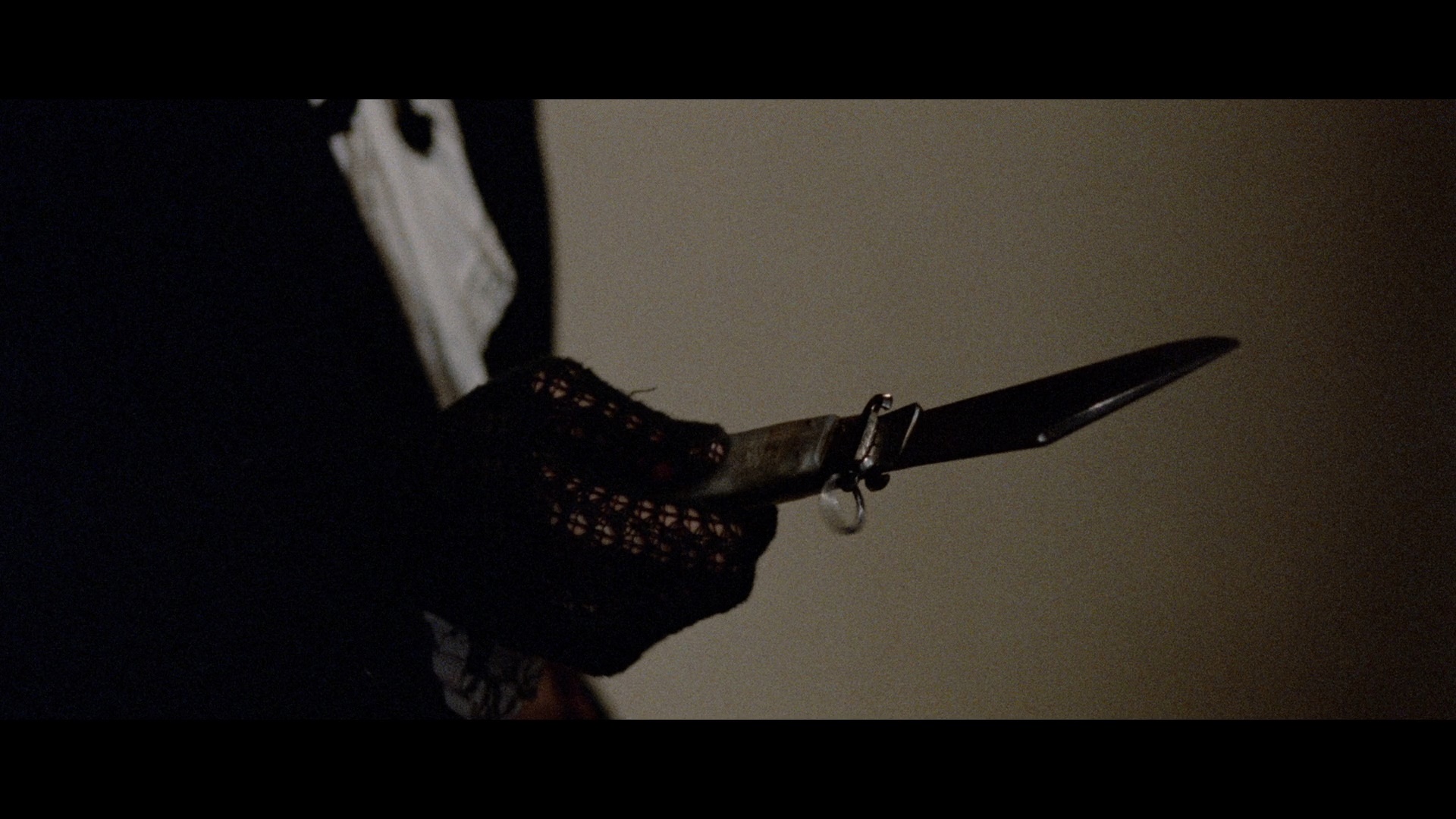
ANCHOR BAY (DVD)
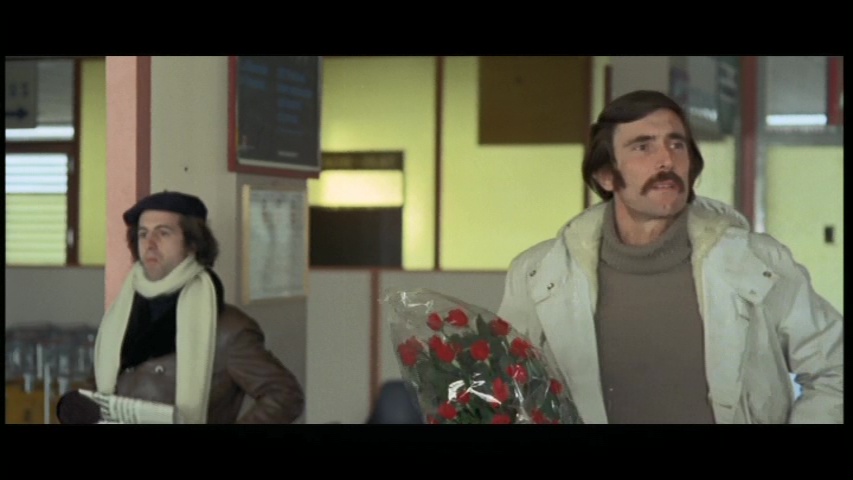
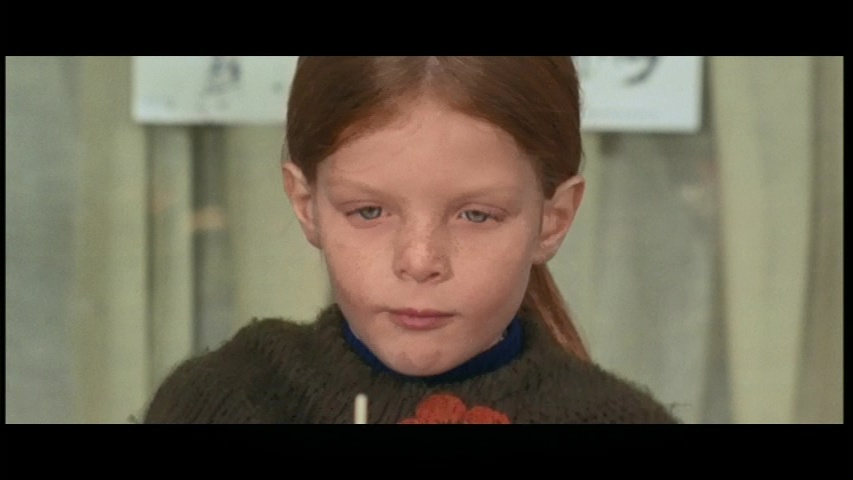
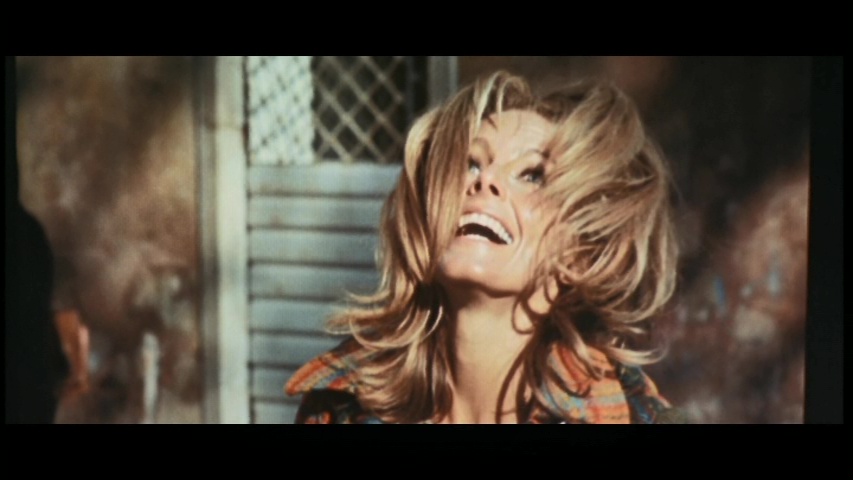


Updated review on September 2, 2024.



 the heels of his unorthodox
the heels of his unorthodox  semi-giallo Short Night of Glass Dolls, director Aldo Lado continued to push the Italian thriller into new terrain with this stylish, melancholy shocker that kicked off the sinister Venice craze that continued with films like Don’t Look Now, Bloodstained Shadow, and Damned in Venice. It also earns its place in the history books as the only giallo starring a James Bond actor, in this case George Lazenby in the wake of On Her Majesty’s Secret Service, and his haunted, effective performance (including a gaunt physique and huge sideburns) is a highlight in what would be an unusually somber and thoughtful entry from the giallo’s busiest cinematic year.
semi-giallo Short Night of Glass Dolls, director Aldo Lado continued to push the Italian thriller into new terrain with this stylish, melancholy shocker that kicked off the sinister Venice craze that continued with films like Don’t Look Now, Bloodstained Shadow, and Damned in Venice. It also earns its place in the history books as the only giallo starring a James Bond actor, in this case George Lazenby in the wake of On Her Majesty’s Secret Service, and his haunted, effective performance (including a gaunt physique and huge sideburns) is a highlight in what would be an unusually somber and thoughtful entry from the giallo’s busiest cinematic year.  Ennio
Ennio  Morricone contributes a startling, very loud score driven mainly by a children's choir. It's a bold choice that works beautifully in the film, particularly the suspense sequences.
Morricone contributes a startling, very loud score driven mainly by a children's choir. It's a bold choice that works beautifully in the film, particularly the suspense sequences. detail is evident throughout, colors look more saturated and natural, and the harsh white levels have been toned down to a more workable
detail is evident throughout, colors look more saturated and natural, and the harsh white levels have been toned down to a more workable  level here. The LPCM 1.0 mono audio options both sound excellent as well with the score in particular guaranteed to keep the neighbors up.
level here. The LPCM 1.0 mono audio options both sound excellent as well with the score in particular guaranteed to keep the neighbors up.  touching upon Lado's genre filmography (including Night Train Murders) and the various Italian thriller conventions used and upended in this particular variant. He also points out a creepy little touch in the Morricone score that's even more glaring when you listen to the soundtrack album (which is sadly quite difficult to find now). Also included are an image gallery of posters and lobby cards and the English and Italian trailers, while the disc comes packaged with reversible sleeve
touching upon Lado's genre filmography (including Night Train Murders) and the various Italian thriller conventions used and upended in this particular variant. He also points out a creepy little touch in the Morricone score that's even more glaring when you listen to the soundtrack album (which is sadly quite difficult to find now). Also included are an image gallery of posters and lobby cards and the English and Italian trailers, while the disc comes packaged with reversible sleeve  options including a new cover design by Haunt Love.
options including a new cover design by Haunt Love.













